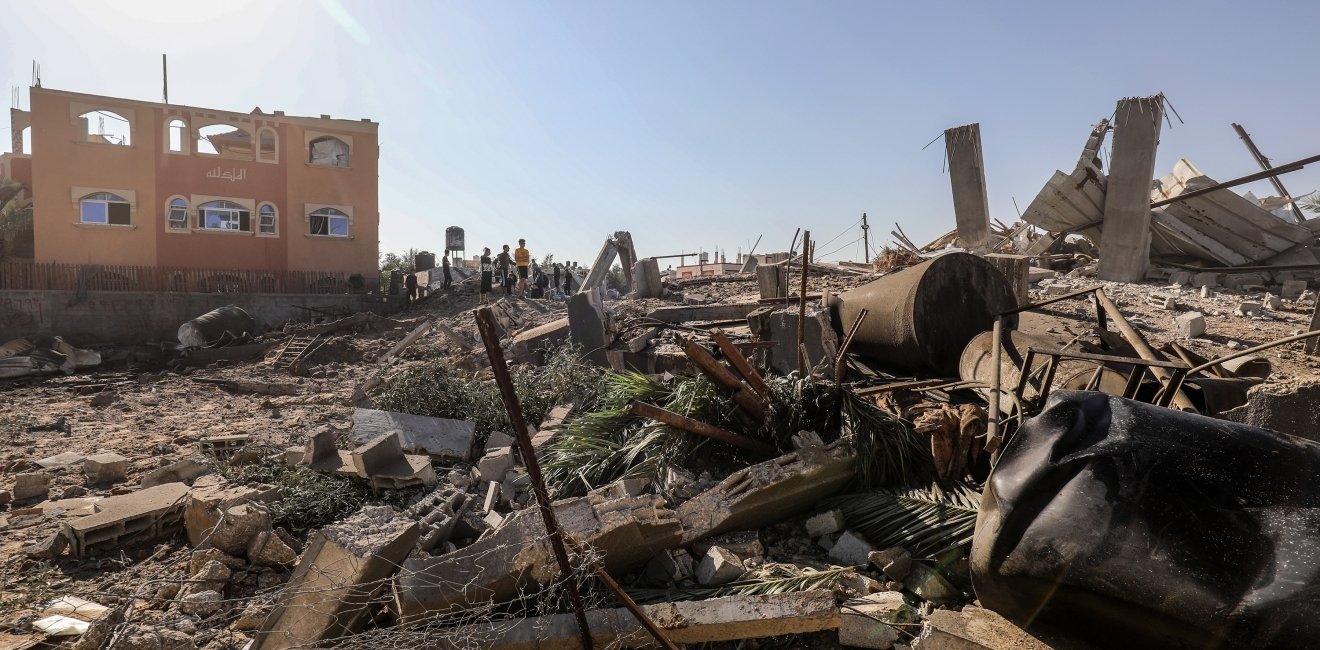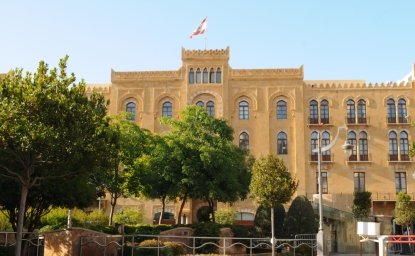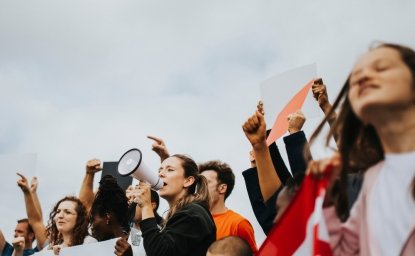As the city they once knew transforms into rubble and bodies, the community’s solidarity is the only strength left, even as the civil infrastructure becomes a hinderance to recovery rather than a shelter.
With the growing spotlight on climate change and the urgent need for immediate action on adaptation and mitigation, the focus on urban resilience has gained traction. In a “normal” context, urban resilience is defined as the “capacity of individuals, communities, institutions, businesses and systems within a city to survive, adapt, and grow no matter what kinds of chronic stresses and acute shocks they experience,” according to the Resilient Cities Network. .
Urban resilience points to the readiness of “systems,” including physical infrastructure and natural environment, to withstand shocks and stressors. This framework highlights the importance of governance in contributing to response and recovery efforts and mobilizing the local community.
This is under “normal” circumstances, which now seem to be a luxury across the Middle East & North Africa (MENA). At this moment, it is challenging to consider what urban resilience means in MENA given the ongoing war in Gaza and the decade-long conflicts in Syria, Libya, Yemen, and Sudan.
Destruction of essential infrastructure
Currently, more than 70% of all infrastructure has been destroyed in Israel’s seven month retaliatory military campaign in Gaza. The World Bank noted that over 84% of health facilities and 92% of primary roads have been damaged, while energy and water infrastructure, as well as education systems, have been decimated. To this, we must add the environmental damage that is aggravating the humanitarian crisis and limiting the natural environment’s ability to act as a lever for recovery.
The European Civil Protection and Humanitarian Aid Operations emphasizes the importance of “disaster preparedness and anticipatory action in urban settings,” yet it is evident that there is no planning mechanism to prepare urban residents for scenarios where the safety of civilians and civilian infrastructure is ignored, let alone targeted. In such cases, the infrastructure, rather than being resilient, becomes a danger to public safety and an obstacle to mobility.
Local authorities are struggling to keep pace with their usual services, including healthcare, education, and, more recently, communication. Funding challenges at UNRWA have further jeopardized the institution’s ability to manage the catastrophic shocks they face and hindered their capacity for recovery. The result is a profound accumulation of stressors on the local population. The impact on the elderly, the sick, pregnant and nursing mothers, and children, is devastating and difficult to fully comprehend.
Social resilience
Urban resilience also involves social cohesion and the community’s capacity to respond to stresses collectively and constructively. Despite being under a land, air, and sea blockade since 2007, and subject to occasional “mowing of the lawn” attacks, the population of Gaza has persevered. Children continued to attend school and experience aspects of childhood. Families sustained themselves despite difficulty, and infrastructure, though strained, had not completely failed. Gaza, enduring these “chronic stresses and acute shocks,” could have once been considered a resilient city.
Ann Skelton, chair of the Child’s Rights Committee, stated that “today, no child in Gaza is free from fear, pain, and hunger. In fact, they will be considered lucky if they can even survive this war and have the chance to grow up.” Meanwhile, UNICEF dubbed this a “war on children," with an average of one hundred children killed a day, as well as many being amputated without anesthesia and losing their parents. Additionally, international organizations have reported a 300% rise in miscarriages, and the World Health Organization estimated that an average of 180 women give birth every day and thousands require prenatal and postnatal care; many of whom are likely to experience complications.
The damage does not end there. This conflict has left no child without a life-long trauma. Even prior to October 7, it was estimated that around 800,000 children needed psychological support due to the hardships and blockade imposed on the Gaza Strip. Indeed, studies have shown that trauma from war is passed through generations to children and, in some instances, even to grandchildren.
While aid painstakingly trickles into the Strip at a fatally low rate, what remains are the social and community dimensions—which is the lifeblood, the sole sustaining force, for the people of Gaza. As the city they once knew transforms into rubble and bodies, and the civil infrastructure becomes a hinderance to recovery rather than a shelter, the community’s solidarity is the only strength left. We have seen a similar solidarity among the people in Sudan, Yemen, Libya, and Syria.
Urban resilience planning
Those of us working in city planning under “normal” conditions typically overlay the physical and institutional layers on the social layer and build on the existing infrastructure, environment, and economic activities to plan for future changes based on the community’s needs. This partially applies to post-disaster situations.
In 2015, I was part of a team that assessed the integrity of water systems in schools in Kathmandu, Nepal after the devastating earthquake. Back then, the community, together with the local institutions, worked hand-in-hand to clear the physical debris and hazards and erect temporary shelters for those who had lost their homes. Where physical infrastructure had been most damaged, the levers for recovery lay in governance, including mobilization of the local and foreign institutions, and community mobilization.
This does not apply in Gaza, where they are left without any support but are deserving of the deepest respect and empathy for their resilience in front of hardships, loss, and deprivation. I do not claim first-hand work experience in conflict zones. But, as a practitioner in city planning and resilience, what I see transpiring in Gaza leads me to believe that the only remaining foundation to lean on for recovery are the people who have stood as buildings and institutions fell.
The views represented in this piece are those of the author and do not express the official position of the Wilson Center.








